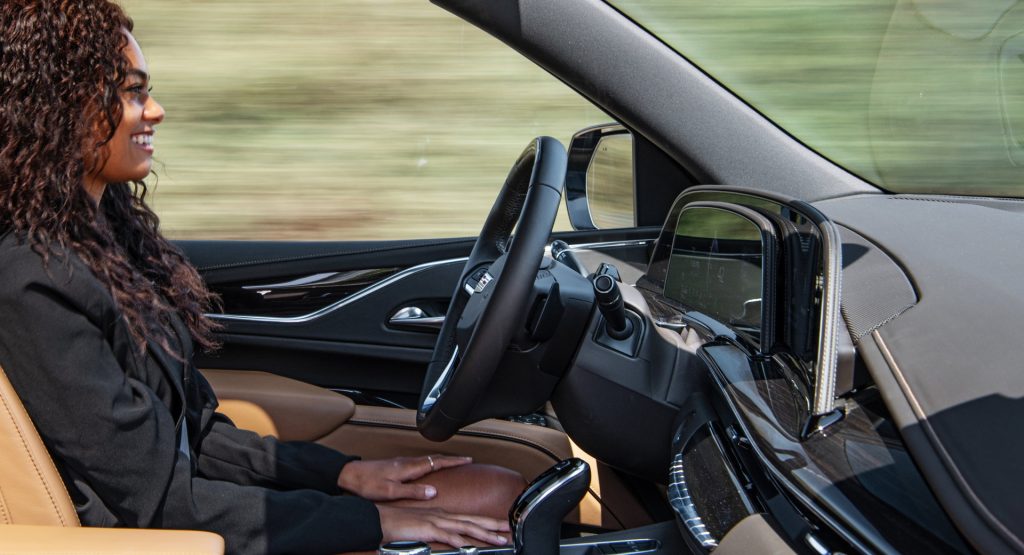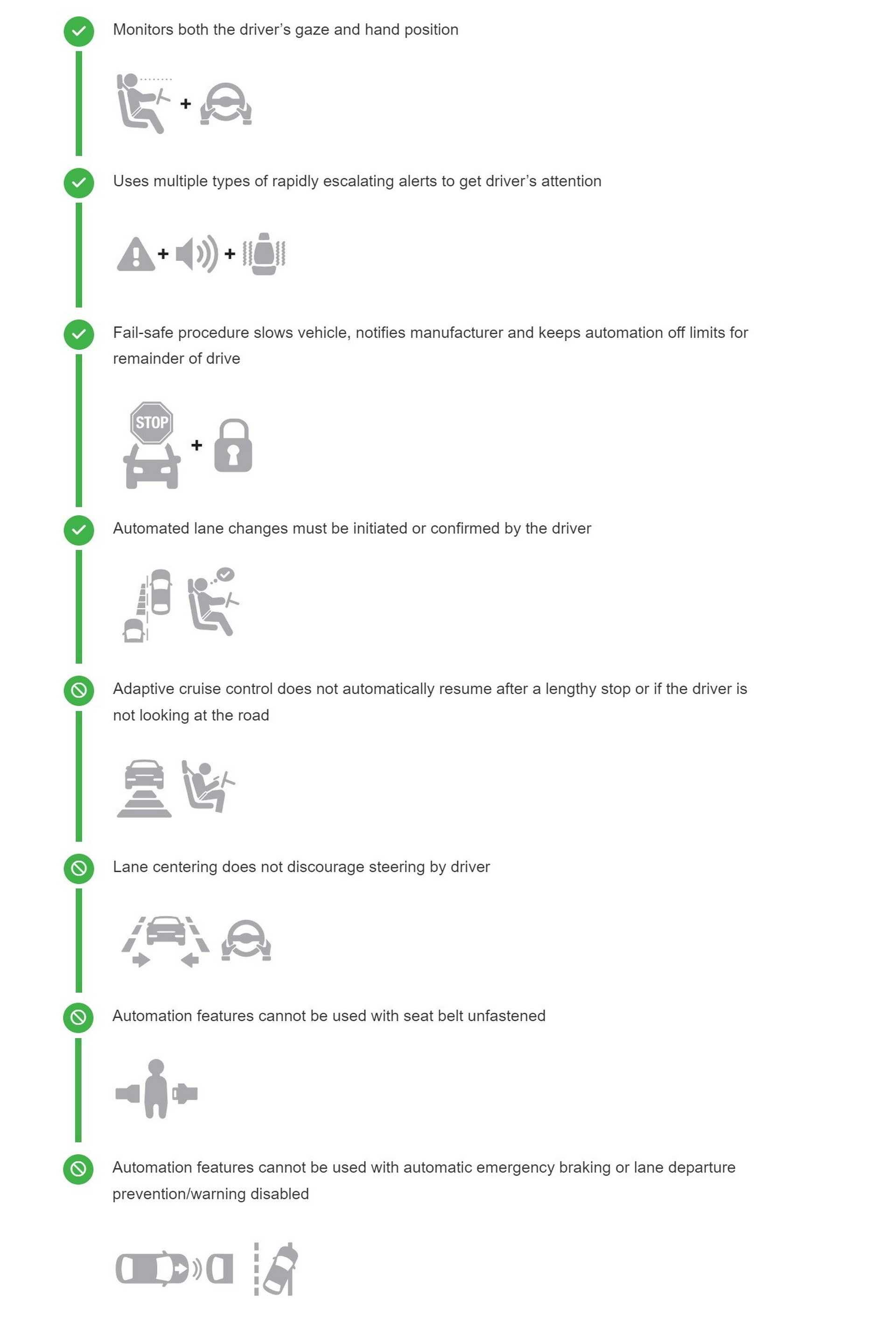The Insurance Institute for Highway Safety (IIHS) announced today that it is developing a new set of tests to deliver ratings it hopes will help address the issue of drivers becoming distracted while using partial automation systems like Autopilot and Super Cruise.
The issue has become a well-publicized one as a number of crashes involving such systems, as well as a number of reports of drivers obviously misusing the systems by exiting the driver’s seat or taking a nap, have come into public view.
“Partial automation systems may make long drives seem like less of a burden, but there is no evidence that they make driving safer,” says IIHS President David Harkey. “In fact, the opposite may be the case if systems lack adequate safeguards.”
Read Also: Almost Every Automaker’s Driver-Assistance Aids Can Be Used With No One In Driver’s Seat
The IIHS plans to start addressing this problem by issuing ratings for the measures that automakers install to safeguard against distracted driving. The system will use the same ratings the institute uses when testing crashworthiness of “good,” “acceptable,” “marginal,” and “poor.”
The IIHS says that these tests are not designed to assess the efficacy of an advanced driver assistance system but rather how well they monitor driver engagement. Since all systems available to the public today require active supervision, the driver monitoring system should use multiple types of alerts to remind the driver to look at the road and return their hands to the steering wheel when they’ve left the duties of driving unattended for too long.
The IIHS adds that the alerts must begin and escalate quickly. These can include chimes, vibrations, tugging on the seat belt, and other things, the important thing being that they are delivered more urgently and in more ways as time passes.
If the driver fails to respond, the institute writes, the system should slow down and come to a stop where safe. Once this escalation occurs, the driver should be locked out of the partial automation systems for the remainder of the drive. No vehicle should allow its advanced driver assistance systems to be used if the seatbelt is unfastened, either.
“The way many of these systems operate gives people the impression that they’re capable of doing more than they really are,” said IIHS research scientist Alexandra Mueller. “But even when drivers understand the limitations of partial automation, their minds can still wander. As humans, it’s harder for us to remain vigilant when we’re watching and waiting for a problem to occur than it is when we’re doing all the driving ourselves.”
The IIHS says that no vehicle on the market currently meets all of the criteria proposed under this new series of tests. The institute plans to issue the first set of ratings this year. The requirements for a “good” rating are listed below.






